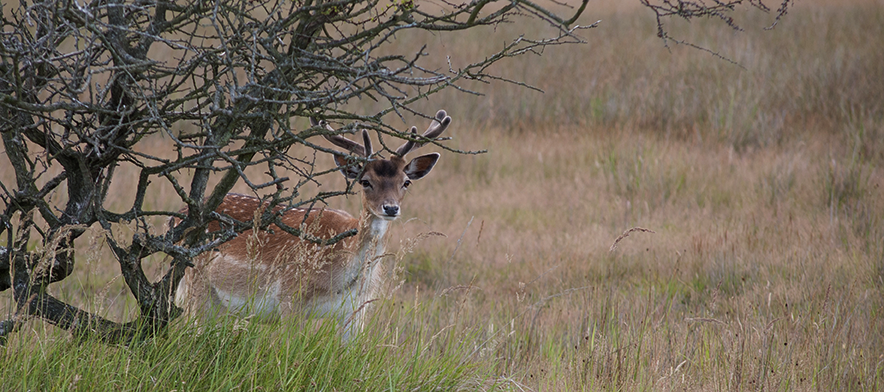
05 Jun The psychology of shyness and how to support it
Shyness is an emotional state which combines a behavioural reserve and elements of anxiety when faced with social situations. It is normal for all children to experience it sometimes as part of learning about life and growing up. Toddlers up to roughly two years old are mostly impulsive, curious, and embrace social situations with ease.
Between the ages of two and four, a second stage of stranger anxiety emerges and it is during these ages that our support is crucial in order for them to move through it and not become emotionally stuck.
Shyness at its worst can make children feel totally debilitated with fear which activates the fight or flight response. A surge of adrenaline is released as the brain perceives a potential threat. This can lead shy children to cry, tremble, lash out, hide and sweat sometimes for up to an hour when faced with a new social situation. If we don’t support children through these new situations correctly, then without realising it, this can impact further how this emotional state presents. The nature of shyness is as complex as the condition itself. A high percentage of shy children are born that way and have a more introvert personality type with a higher than normal tendency towards feeling anxious.
At times, shyness can be a help for some children or young people but can also be a restriction that causes them to miss out. We need to help children understand here that shyness is not something to hate as it isn’t a fault. It is just part of who they are and there are many beautiful qualities to shyness that we all need to learn and understand.
Shy children and young people are sometimes seen to be:
- rude
- ignorant
- struggling with low self-esteem
- defiant
- lonely
- unfriendly
- anxious
When shyness is extreme and unsupported, then it is quite possible that some of the above factors could easily begin to develop. Children struggling with low self-esteem often compare themselves to more extroverted children as they develop. Some shy children are also incredibly deep thinkers who observe people in depth. This can lead to a cautiousness which can present as shyness but is fundamentally there as a protective mechanism. It is these children and young people that need the biggest emotional investment form us in order to empower them to embrace their shyness rather than resent and reject it, which then activates another layer of complexity.
Some positive shy characteristics are:
- very, very caring
- sensitive
- a good listener
- highly perceptive
- strong but reserved
- private
- emotionally aware
- positive self-concept
- welcoming
- inner calm
- polite
- gentle
- nice to be around
- loyal
- a good friend
- kind
A shy child who has positive self-worth can more than happily manage day to day life with an inner contentment. It is therefore essential that as parents, carers and professionals, we maintain a positive mindset about children and young people’s shyness. Any negativity from us can begin a destructive dialogue of what they believe about who they are.
Being quiet and a little reserved is not a negative, but we must do our best to prevent children from socially withdrawing as avoidance could lead to them missing out on lots of new experiences and enjoyment. Shyness is uncomfortable and awkward at times but we must reassuringly guide our children with love and warmth so that they learn to manage social situations and flourish with their new-found skills and confidence.
Little actions that can help in a big way
- Embrace shyness, as this changes it into something attractive and appealing
- Teach social skills from as young as possible
- Role model confident social behaviour. If you are shy too, begin with small steps like being assertive in restaurants, simply holding a door open or smiling and saying hello to people as you pass them in the park
- Be kind and helpful with others to model that most people are kind and lovely Take risks even if they don’t go as planned to help children see that there is a positive in giving things a go and we are more likely to know what to do next time
- Give children plenty of time to get their head round potential new situations by offering lots of reassurance and supportive information to help them feel prepared


